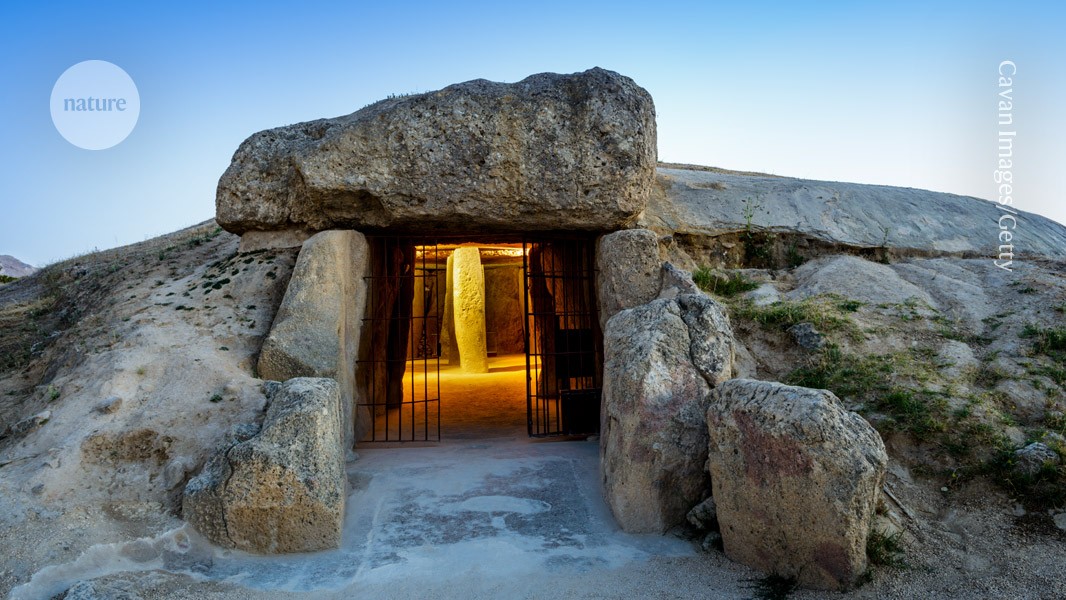The Neolithic farmers and herders who built a massive stone chamber in southern Spain nearly 6,000 years ago possessed a good rudimentary grasp of physics, geometry, geology and architectural principles, finds a detailed study of the site.
Using data from a high-resolution laser scan, as well as unpublished photos and diagrams from earlier excavations, archaeologists pieced together a probable construction process for the monument known as the Dolmen of Menga. Their findings, published on 23 August in Science Advances1, reveal new insights into the structure and its Neolithic builders’ technical abilities.
Not to diminish either the abilities of the builders or the sincerity of the researchers, it strikes me that there’s sort of an anthropic principle dynamic going on here…
That this structure exhibits sound building techniques essentially goes without saying, since it’s still standing. If it didn’t, it wouldn’t be, so researchers wouldn’t be able to study it and draw countervailing conclusions from it.
Yes, that’s what made them builders
I feel articles like this give off “alien must have built the pyramids” energy. We’ve always been smart, but what modern civilizations have is systematic recording, organization & dispersal of gained knowledge with an amazing efficiency. I think a great example of great ingenuity lost is roman concrete, recipe for which was only recreated recently.
Can anyone tell me the academic benefit of studying/publishing ancient building techniques that confirm modern day methods? Should we not look for unknown/unfamiliar techniques that might have been lost to time?



